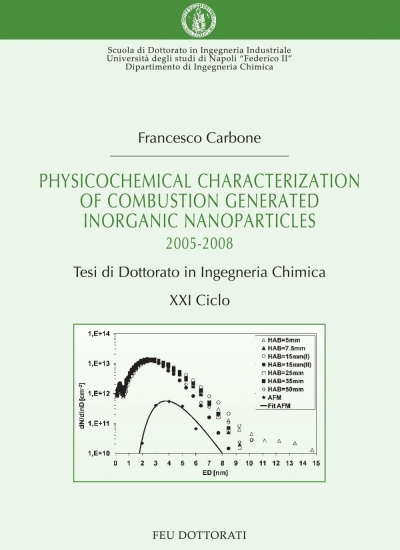Beschreibung
Combustion generated particulate matter is widely recognized to be the major pollutant in urban areas because of stationary combustor and vehicular traffic sources. Particularly the ultrafine fraction was proven to have the highest impact on human health since its ability to deeply penetrate the lung and the circulatory system. Up to recent times the nanometric fraction was not taken in consideration because it was assumed that such small particles meet and coagulate at gas kinetic rate so that their lifetime was negligible small. Some recent results on carbonaceous nanometric particles generated in laboratory flames showed that, at high temperatures, their coagulation as well their collection efficiencies drops dramatically orders of magnitude as their size decreases below 10nm. Consequently they could escape from combustors and filters and survive in the atmosphere in a not negligible amount. The aim of the present thesis work is to show that metal nanoparticles behave similarly so that they can be emitted in not negligible amount form combustion system burning ash containing fuels.



